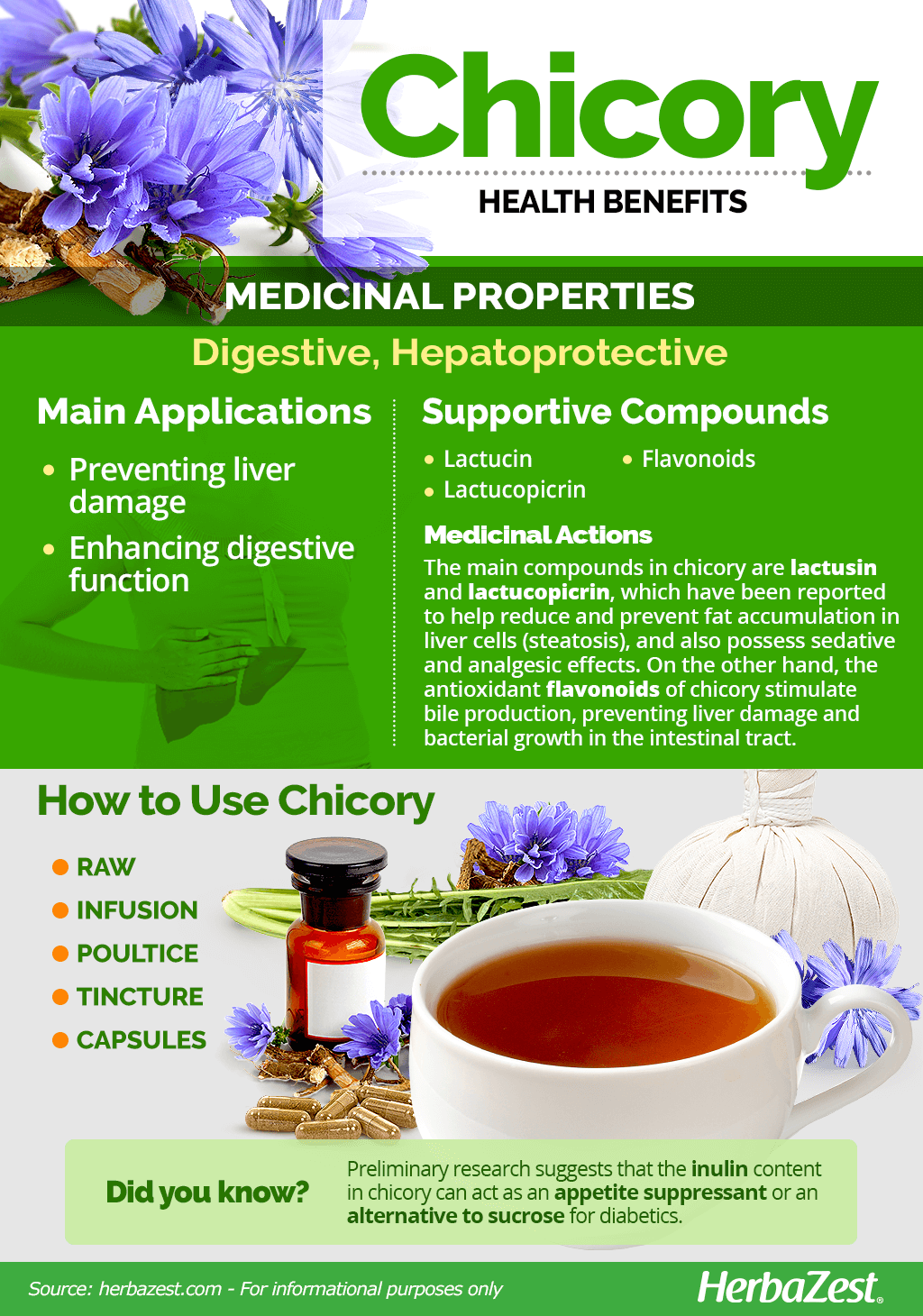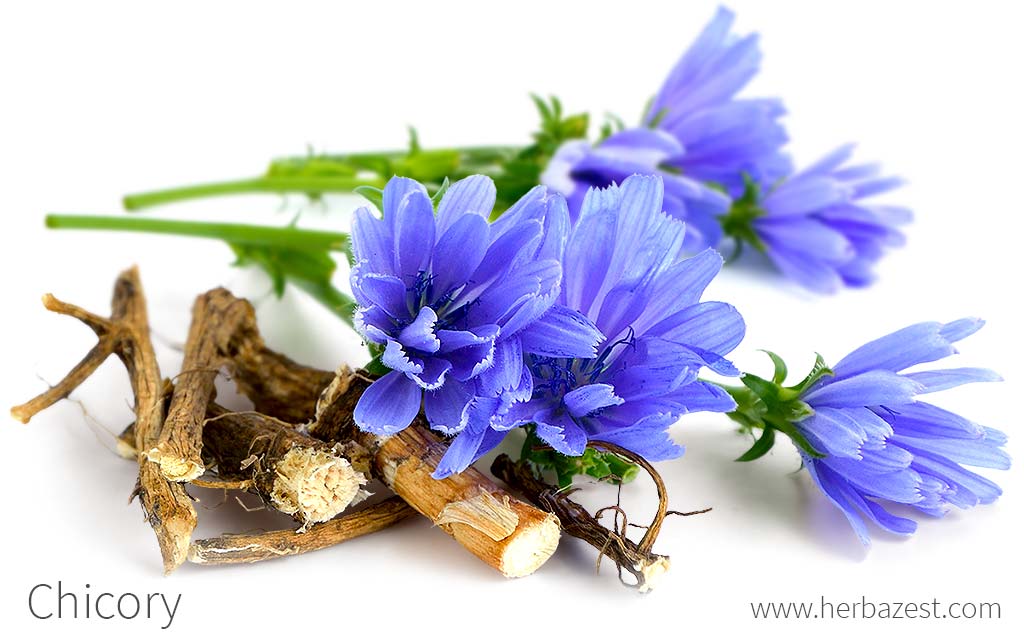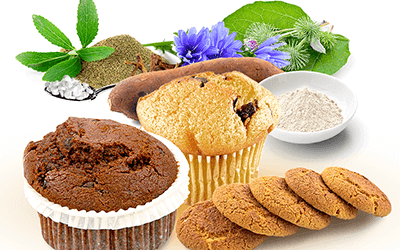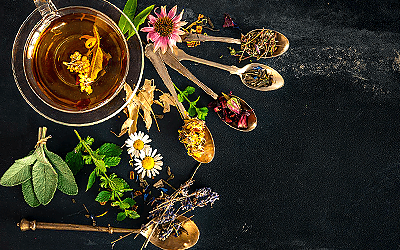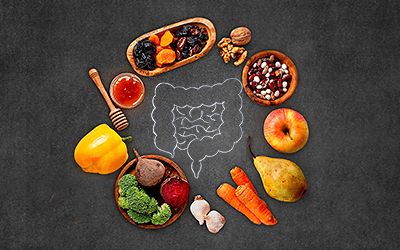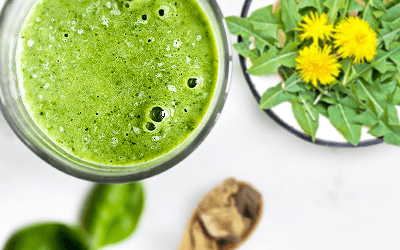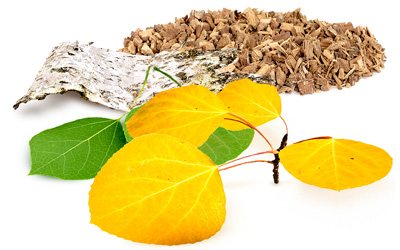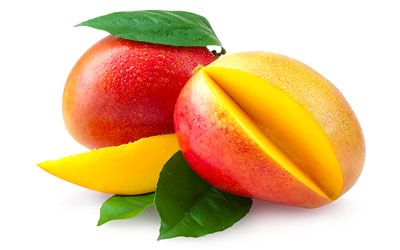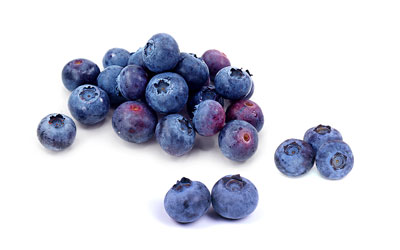Best known as a complement to Mediterranean cuisine, chicory is a mildly bitter herb that has proven to be highly versatile. The first human uses of chicory date as far back as 4000 BCE in Ancient Egypt.
Chicory Medicinal Properties
Health Benefits of Chicory
Chicory is not only a beautiful, nutritionally dense herb. It can also be used for many medicinal purposes, including the following:
Preventing liver damage. Its antioxidant properties work to prevent liver damage within the system.
Enhancing digestive function. Chicory may stimulate the production of bile, which impacts the overall digestive system.
In addition, chicory can help fight other conditions, such as:
Preventing parasites. Chicory's anthelminthic properties can inhibit the reproduction and growth of certain parasites, such as intestinal worms.
Preventing bacterial infections. Because of its antibacterial properties, chicory can prevent sinus infections as well as other bacterial infections.
Preventing fungal growth. Chicory can prevent fungal growth on the skin or within the body.
How It Works
Chicory is a fount of nutrients, which is especially appreciated by dieters due to its low calorie count. Lactucin and lactucopicrin are the two compounds responsible for most of its medicinal uses, including calming the nerves and relieving pain. These compounds have been reported to reduce the build-up of lipids in liver cells, thus helping treat and prevent liver diseases.1
Chicory is also rich in flavonoids with antioxidant properties, which can inhibit many harmful actions against the body. The natural root and root callus extracts of chicory have shown to have potent hepatoprotective effects, increasing bile production, which prevents liver damage and bacterial growth in the digestive system.2
The medicinal properties of chicory have been evident since ancient times, despite the lack of widespread use of the plant for such purposes today. All parts of the plant contain volatile oils that act as a digestive tonic, primarily as a laxative and as an agent that inhibits the reproduction of intestinal worms. German folk medicine has also applied the flower to treating gallstones and sinus infections.
Preliminary research suggests that the herb's inulin content can act as an appetite suppressant or an alternative to sucrose for diabetics.3
Other herbs, like arugula, boldo, dandelion, and gentian also possess hepatoprotective properties, whereas clove, cardamom, elecampane, and oregano help digestion.
Chicory Side Effects
Chicory is safe for most people when consumed or taken medicinally. It is also likely safe when applied topically. However, it can cause minor skin irritation for some individuals. Chicory may also cause allergic reactions.
Cautions
Those who are allergic to ragweed or related plants may get an allergic reaction to chicory, so limiting usage of chicory is recommended for allergy sufferers.
Chicory can trigger the production of bile, so those who suffer from gallstones should not use it.
Women who are pregnant or breastfeeding should consult a physician before using chicory medicinally.
- Medicinal action Digestive, Hepatoprotective
- Key constituents Lactucin, lactupicrin
- Ways to use Capsules, Food, Juiced, Tincture
- Medicinal rating (2) Minorly useful plant
- Safety ranking Safe
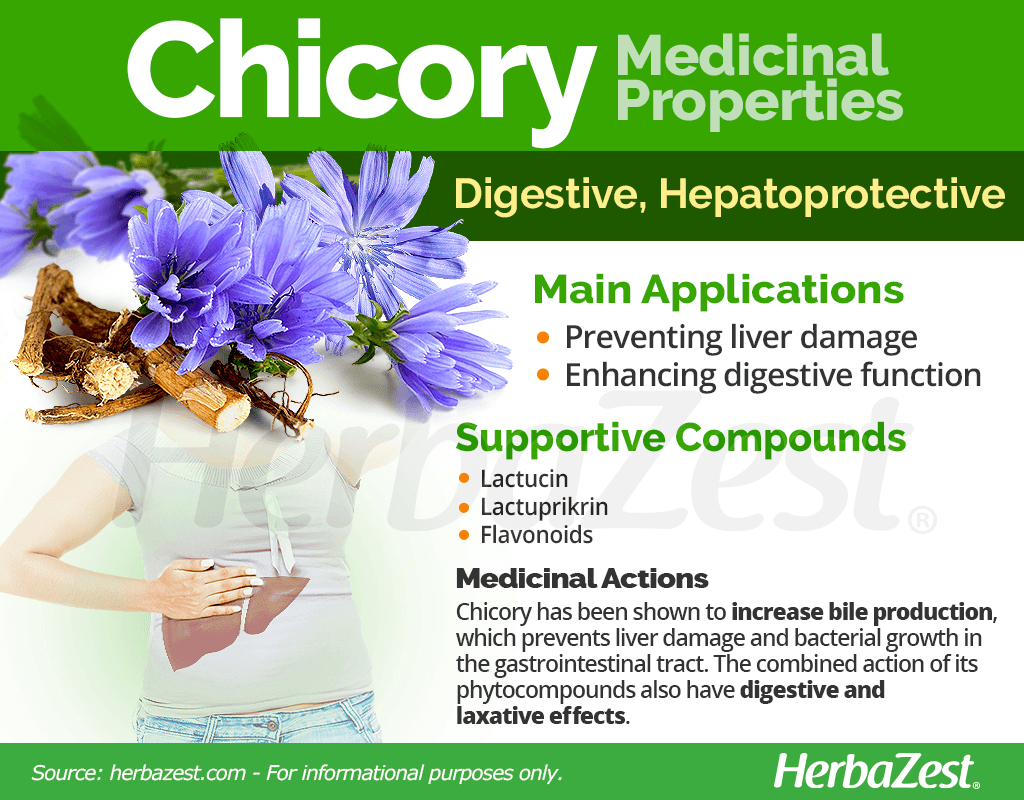
Chicory Nutrition
Chicory's leaves are an excellent source of vitamin K (phylloquinone), which not only aids blood coagulation, but have also been linked to higher bone mineral density and a reduced risk of hip fractures.
Chicory also provides good amounts of copper, a mineral that works with iron to support red blood cell production and also promotes the health of blood vessels, nerves, bones, and the immune system. Other important vitamins and minerals, such as manganese, vitamin A (as beta-carotene), vitamin C (ascorbic acid), vitamin B5 (pantothenic acid), and vitamin B9 (folate) are also present in adequate amounts in chicory.
Additionally, the nutritional value of chicory leaves is rounded by small quantities of vitamins E (alpha-tocopherol), B2 (riboflavin), and B6 (pyridoxine), along with minerals such as potassium, magnesium, and calcium.
A cup of chicory greens (29 g) provides 7 calories and 5% of the daily value for dietary fiber.
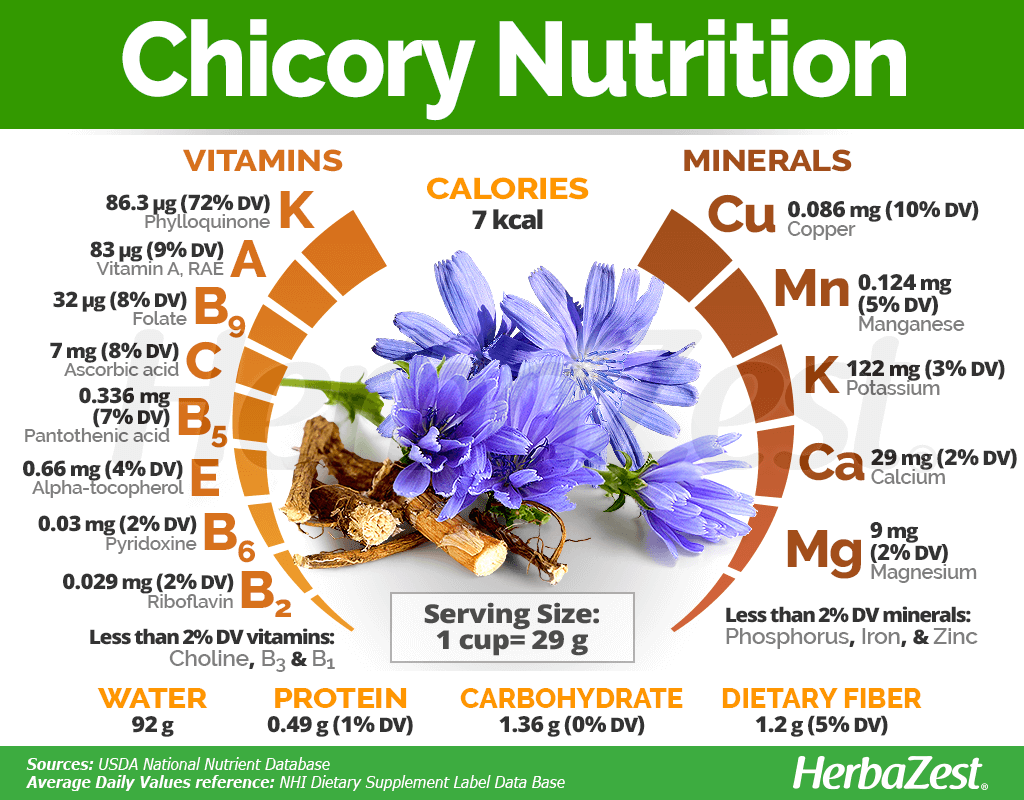
How to Consume Chicory
While it is often used in culinary dishes, the most effective way of obtaining chicory's health benefits is in medicinal forms of consumption, where the properties are more concentrated.
Natural Forms
Raw. When consumed in salads, chicory can aid digestive functions.
Infusion. When brewed into a hot tea, chicory can help prevent liver damage and fight sinus infections.
Poultice. When applied topically, the raw and crushed leaves of chicory can help treat and prevent fungal growth on the skin.
Herbal Remedies & Supplements
Tincture. The leaves and root of chicory can be macerated in alcohol to extract the antioxidant properties of the plant. When diluted in water, chicory tincture can help prevent liver damage.
Capsules. In supplemental form, chicory's inulin often decreases constipation due to its laxative properties.
- Edible parts Leaves, Root
- Edible uses Beverage
- Taste Mildly bitter
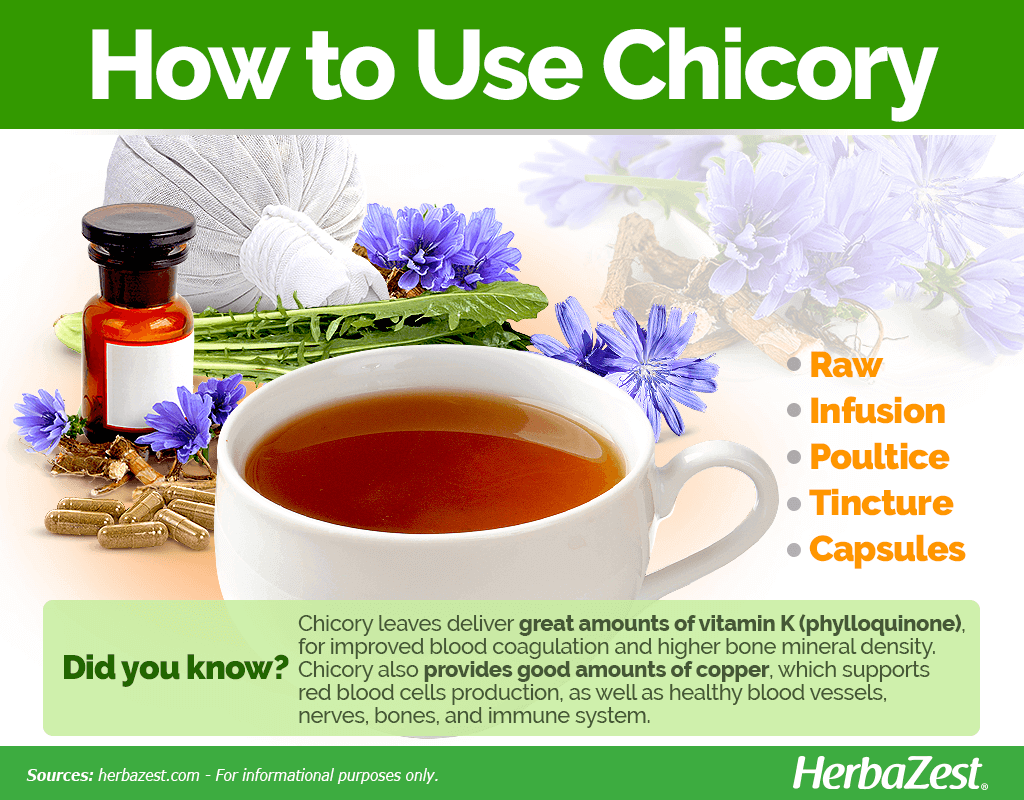
Growing
Because chicory is hearty and grows naturally in the wild, very little care is needed to cultivate a healthy crop for this perennial herb. Regular watering and fertilization are helpful, but they are not required as long as the soil is of good quality. Follow the growing guidelines below for additional growing tips.
Growing Guidelines
Chicory can grow either in full sun or partial shade.
This hardy herb does best in cool, temperate climates, but can survive in diverse conditions.
Temperatures from 45 - 75°F (7 - 24°C) are acceptable, and seeds can be sown as early as two to three weeks before the last frost of spring.
Roots should be harvested first and later replanted to produce edible leaves.
Chicory is vulnerable to deer, so keeping them out is vital.
- Life cycle Annual
- Harvested parts Roots, Leaves
- Light requirements Partial shade, Full shade
- Soil Medium (loam)
- Soil pH 6.1 – 6.5 (Slightly acidic), 6.6 – 7.3 (Neutral)
- Growing habitat Temperate climates, Mediterranean regions
- USDA Plant Hardiness Zones 3a, 3b, 4a, 4b, 5a, 5b, 6a, 6b, 7a, 7b, 8a, 8b, 9a, 9b
Additional Information
Plant Biology
Chicory, known scientifically as Chichorium intybus, grows from 1 to 4 feet (30 - 130 cm) tall and has distinctive bluish-purple blooms, though in rare cases these can appear white or pink. The flowers are singularly arranged along the length of its rigid, dark-green stem. Chicory has two different types of leaves: large-dandelion-shaped leaves near the base of the stem and small lanceolate-to-oblong-shaped leaves along the length of the stem.
Classification
Chicory (Cichorium intybus) shares the star-like shape of its flowers with more than 23,000 species that also belong to the Asteraceae family, such as chamomile (Matricaria chamomilla), dandelion (Taraxacum officinale), and milk thistle (Silybum marianum).
Varieties of Chicory
The genus Chicorium is made up of ten different species spread out across Europe and Asia; however, the three most popular varieties include endive (Chichorium endivia), wild endive (Chichorium pumilum), and, of course, chicory (Chichorium intybus).
Chichorium endivia, better known as endive, is a commonly used leaf vegetable that is used for culinary purposes and often confused with chicory. There are two different varieties of endive: Curly endive (crispum), which has narrow, green, curly outer leaves, and escarole (latifolia) with broad, pale leaves.
Wild endive (Chichorium pumilum) is similar in appearance to chicory, but the flowers are a paler blue than the chicory variety.
Historical Information
First cultivated as an herbal medicine in ancient Egypt, chicory was a digestive aid in classical civilizations for thousands of years, later finding application in Greece and Rome as food, usually in salads. The herb remained in favor up through medieval times, popularly being grown in monasteries.
In the 1600s, the Dutch discovered the capacity of chicory to be ground into a coffee-like powder, and this cheaper alternative was used to supplement wartime scarcity and blockades, notably in Prussian conflicts and during the American Civil War.
In the United States, there is a long-standing history of replacing coffee with chicory in prisons since it was much cheaper.
Economic Data
All parts of the chicory plant are used to benefit humans, and this versatility has led it to become an important crop, particularly in the large-scale European agricultural industry. Belgium and the Netherlands combined to produce 77% of the world's supply in 2011, with a yield of over 67,000 tons. France and Poland also have thriving markets, selling both leaves and roots for food and fodder as well as herbal medicine.
Other Uses of Chicory
Livestock feed. Chicory can be used in livestock fodder as a substitute for oats. Much of the production of the plant that goes toward this end takes place in New Zealand.
Gardening. It is also a popular ornamental plant in gardens that provide a temperate environment, widely regarded as aesthetically pleasing for the color of its flowers.
- Other uses Animal feed
Sources
- The Wild Flower Key, pp. 390-1
- Veterinary Parasitology, Individual administration of three tanniferous forage plants to lambs artificially infected with Haemonchus contortus and Cooperia curticei, 2007
- FAOSTAT, Ecocrop – Cichorium intybus
- Journal of Agricultural and Food Chemistry, Cichorium intybus L - cultivation, processing, utility, value addition and biotechnology, with an emphasis on current status and future prospects, 2001
- Edible and Medicinal Plants of the West, p. 32
- Nutrition Journal, The Water-Soluble Extract of Chicory Reduces Glucose uptake from the Perfused Jejunum in Rats, 1996
Footnotes:
- Journal of Pharmacological Science. (2022). Lactucin & Lactucopicrin ameliorates FFA-induced steatosis in HepG2 cells via modulating lipid metabolism. Retrieved January 11, 2023, from: https://pubmed.ncbi.nlm.nih.gov/36055749/
- Biomolecules. (2019). Analysis of Flavonoids Bioactivity for Cholestatic Liver Disease: Systematic Literature Search and Experimental Approaches. Retrieved January 11, 2023, from: https://www.ncbi.nlm.nih.gov/pmc/articles/PMC6468533/
- Molecular Nutrition & Food Research. (2017). Chicory inulin ameliorates type 2 diabetes mellitus and suppresses JNK and MAPK pathways in vivo and in vitro. Retrieved January 11, 2023, from: https://pubmed.ncbi.nlm.nih.gov/28105758/
